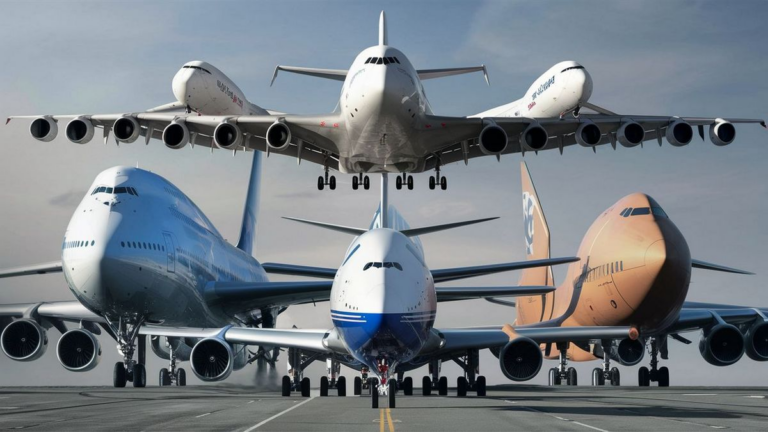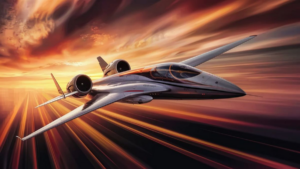When it comes to the realm of aviation, enthusiasts and curious minds often find themselves drawn to the wonders of engineering that have produced some of the largest flying machines ever conceived. Among these marvels, one question frequently arises: What’s the biggest plane in the world?
The Antonov An-225 Mriya
At the forefront of this discussion stands the Antonov An-225 Mriya, a colossal aircraft that holds the title of the largest plane ever built. Designed and constructed in the Soviet Union during the 1980s, the An-225 was initially intended to serve as a transport vehicle for the Buran spaceplane program. However, following the dissolution of the Soviet Union, the project was put on hold, leaving only one completed An-225 in existence.
Key Features
The An-225 boasts an impressive array of specifications, setting it apart from any other aircraft in existence. With a wingspan of over 88 meters and a length of more than 84 meters, the sheer scale of the An-225 is awe-inspiring. Powered by six turbofan engines, each capable of generating over 50,000 pounds of thrust, this behemoth is capable of carrying payloads of up to 250 metric tons.
Notable Achievements
Throughout its operational history, the An-225 has undertaken various missions that highlight its versatility and capacity. One of its most renowned feats occurred in 1989 when it transported a payload of over 187 tons, setting multiple world records in the process. Since then, the An-225 has been utilized for transporting oversized cargo, including massive industrial equipment and even other aircraft.
Comparative Analysis
While the An-225 holds the crown for the largest plane ever built, it’s essential to acknowledge other notable contenders in this category. Aircraft such as the Boeing 747-8 and the Airbus A380 are among the largest commercial airliners, boasting impressive dimensions and capacities. However, when it comes to sheer size and payload capacity, the An-225 remains unrivaled.
Future Prospects
Despite its singular status, the future of the An-225 remains uncertain. With the demand for heavy-lift capabilities increasing in various industries, there have been discussions about potentially resurrecting the production of the An-225 or developing similar aircraft. However, as of now, the original An-225 stands as a testament to human ingenuity and engineering prowess.
In conclusion, when pondering the question of what’s the biggest plane in the world, the Antonov An-225 Mriya undoubtedly emerges as the undisputed champion. Its monumental size, remarkable capabilities, and storied history solidify its position as a legendary icon in the realm of aviation.
vironmental Impact
One aspect often overlooked when discussing large aircraft is their environmental footprint. The Antonov An-225, despite its impressive capabilities, raises concerns regarding its carbon emissions and overall environmental impact. As the aviation industry seeks to address climate change and reduce its carbon footprint, there’s growing scrutiny on the efficiency and sustainability of such massive planes.
Efficiency Measures
Efforts to mitigate the environmental impact of large aircraft involve implementing technological advancements and operational strategies to improve fuel efficiency and reduce emissions. These measures include the development of more efficient engines, aerodynamic enhancements, and the use of sustainable aviation fuels.
Regulatory Considerations
Regulatory bodies are also increasingly focusing on imposing stricter emissions standards and regulations on large aircraft. These regulations aim to incentivize the adoption of cleaner technologies and practices while holding manufacturers and operators accountable for their environmental impact.
| Aspect | Antonov An-225 | Boeing 747-8 | Airbus A380 |
|---|---|---|---|
| Length | 84m | 76.3m | 72.7m |
| Wingspan | 88m | 68.4m | 79.8m |
| Max Payload | 250 metric tons | 140 metric tons | up to 560 metric tons |
Frequently Asked Questions
- Are there any plans to build an even larger aircraft than the Antonov An-225?
- What are some of the challenges associated with operating such massive planes?
- How does the Antonov An-225 compare to other large aircraft in terms of range and fuel efficiency?
See also:






